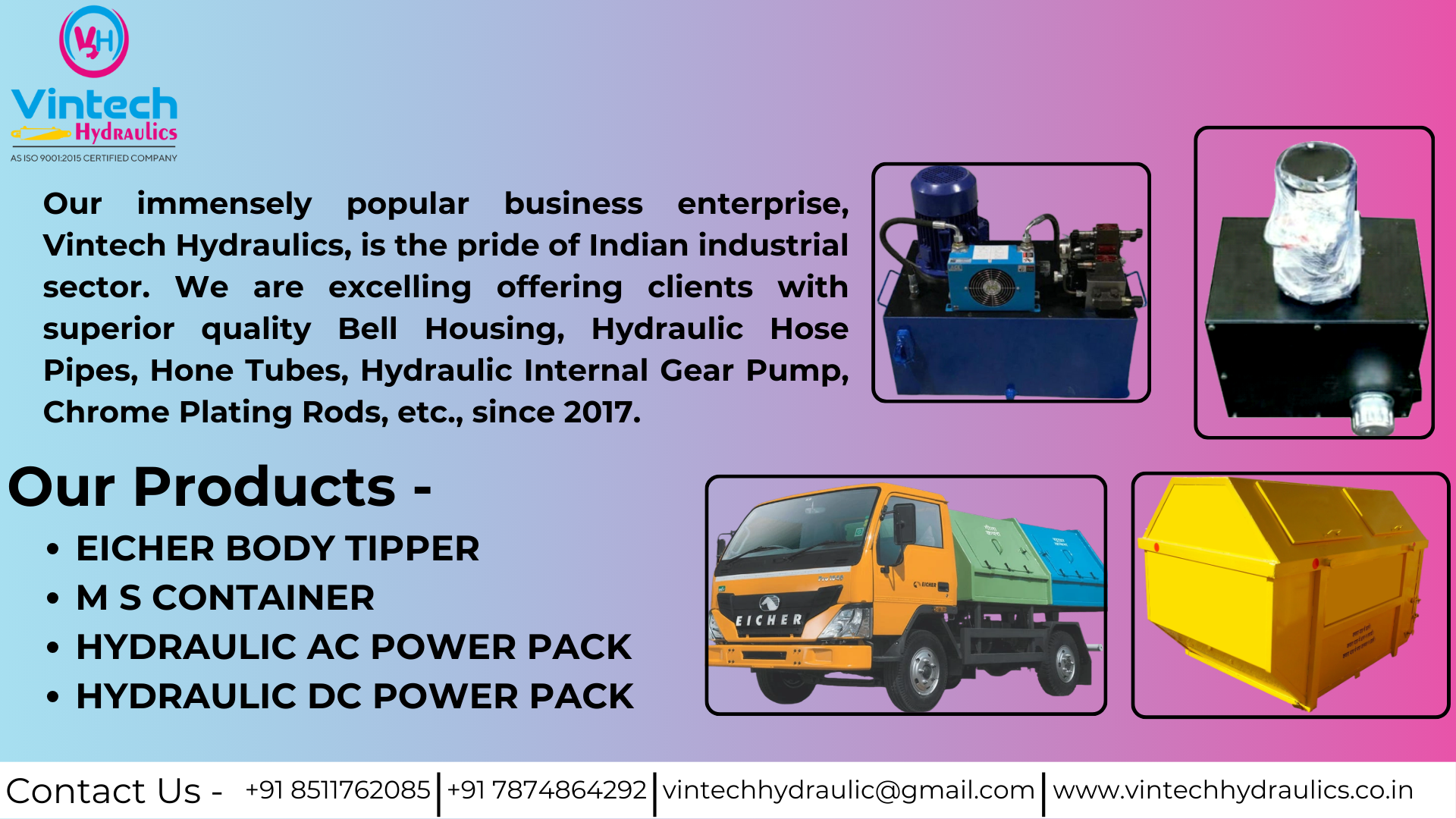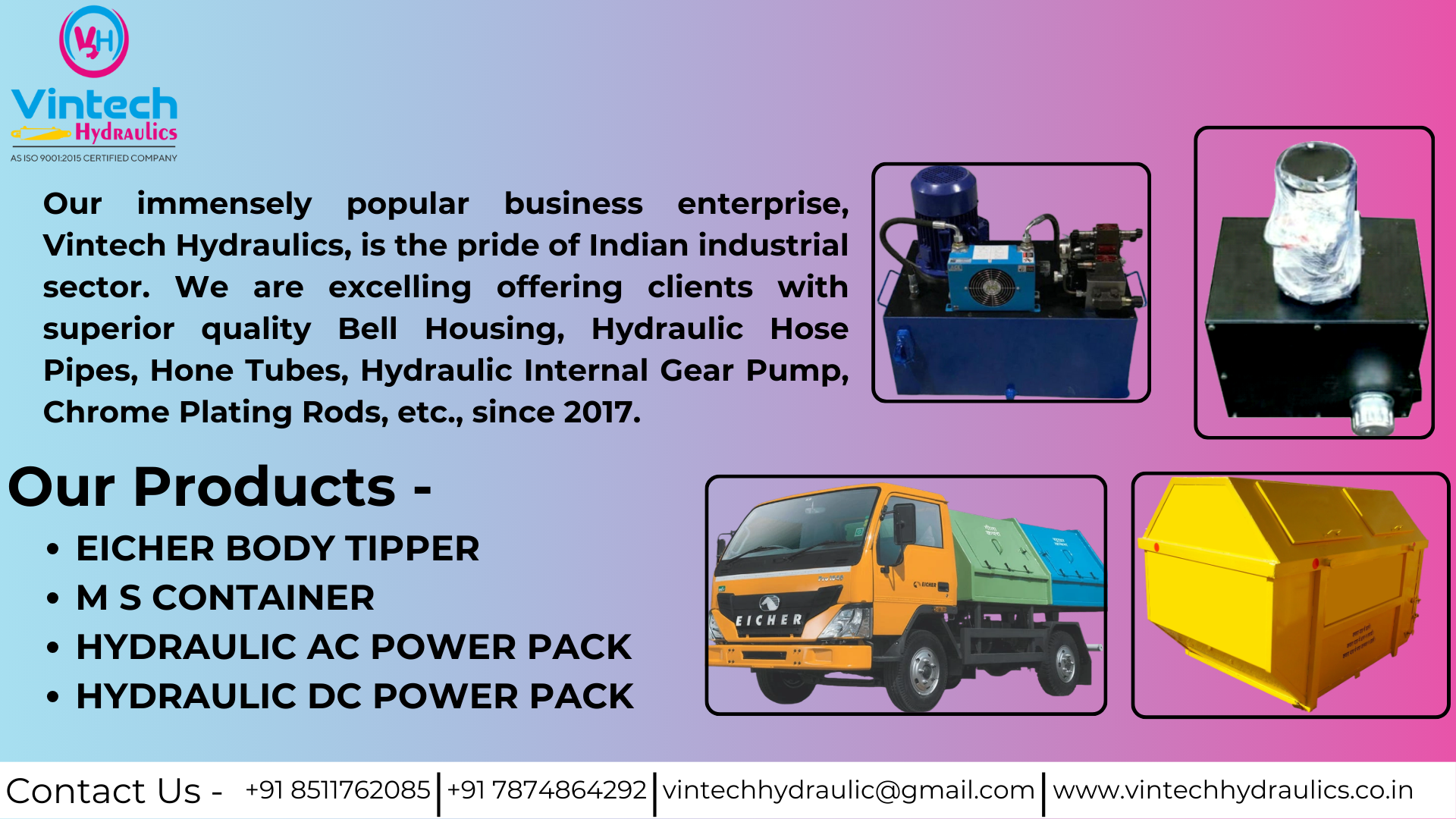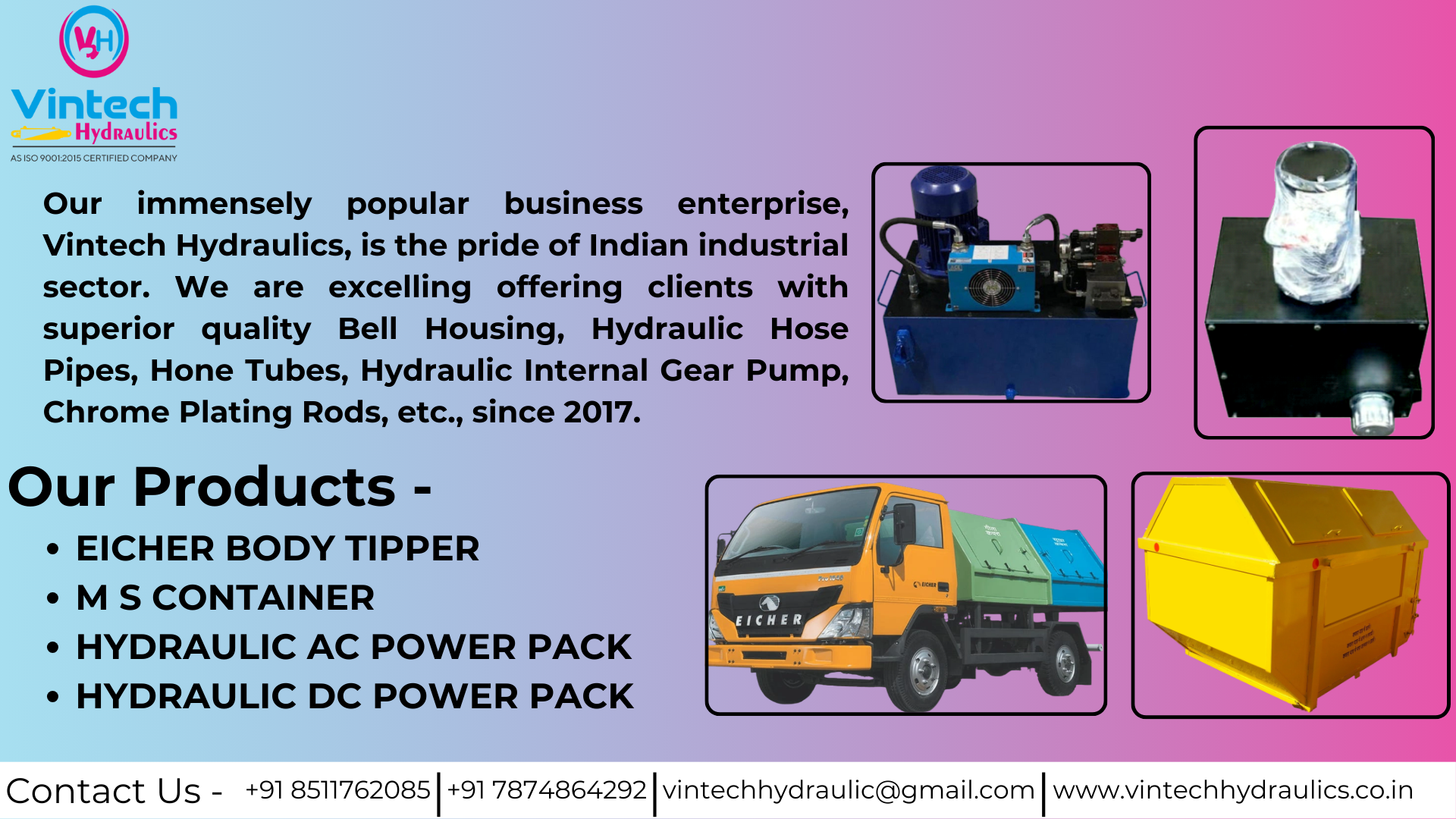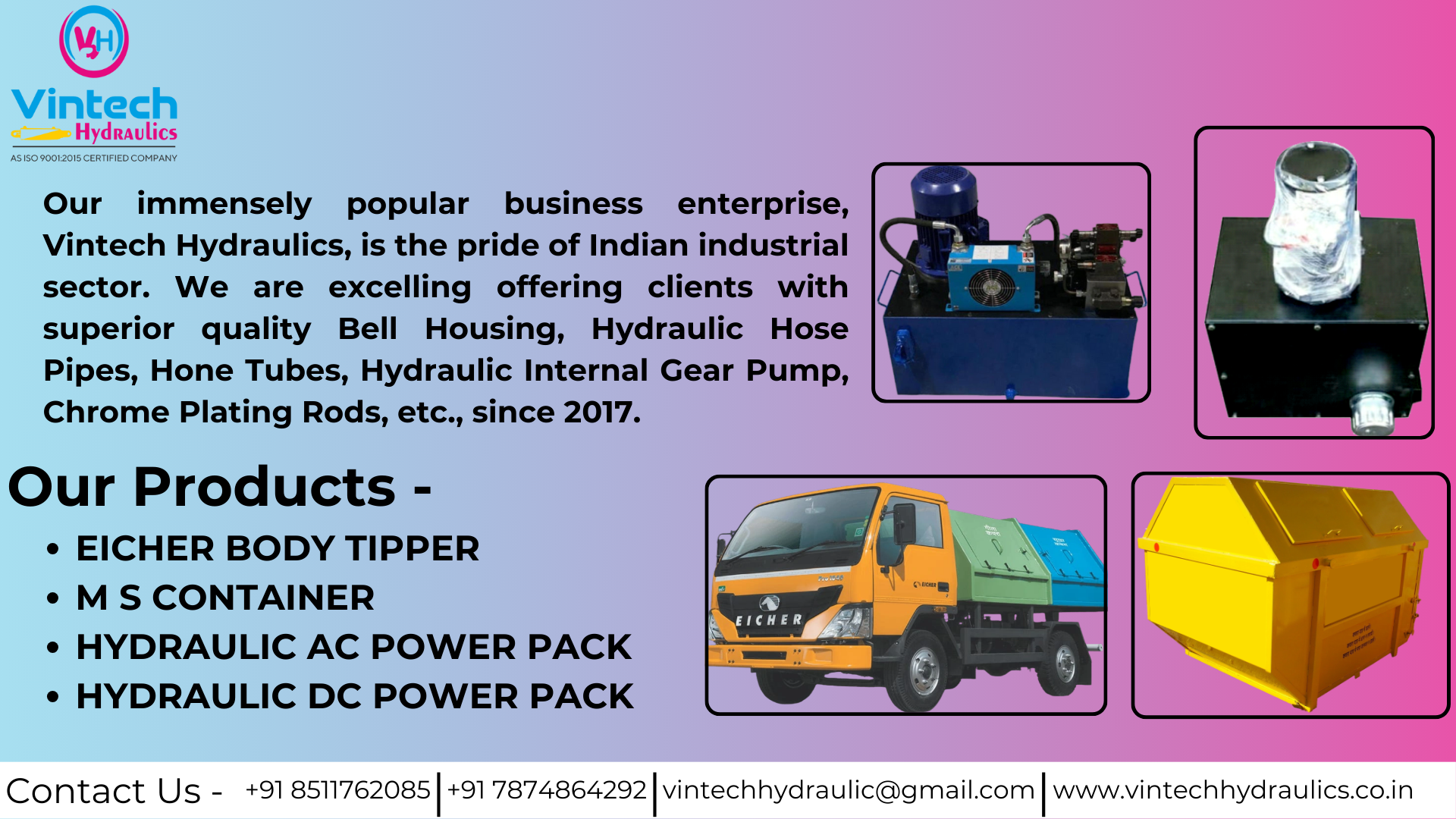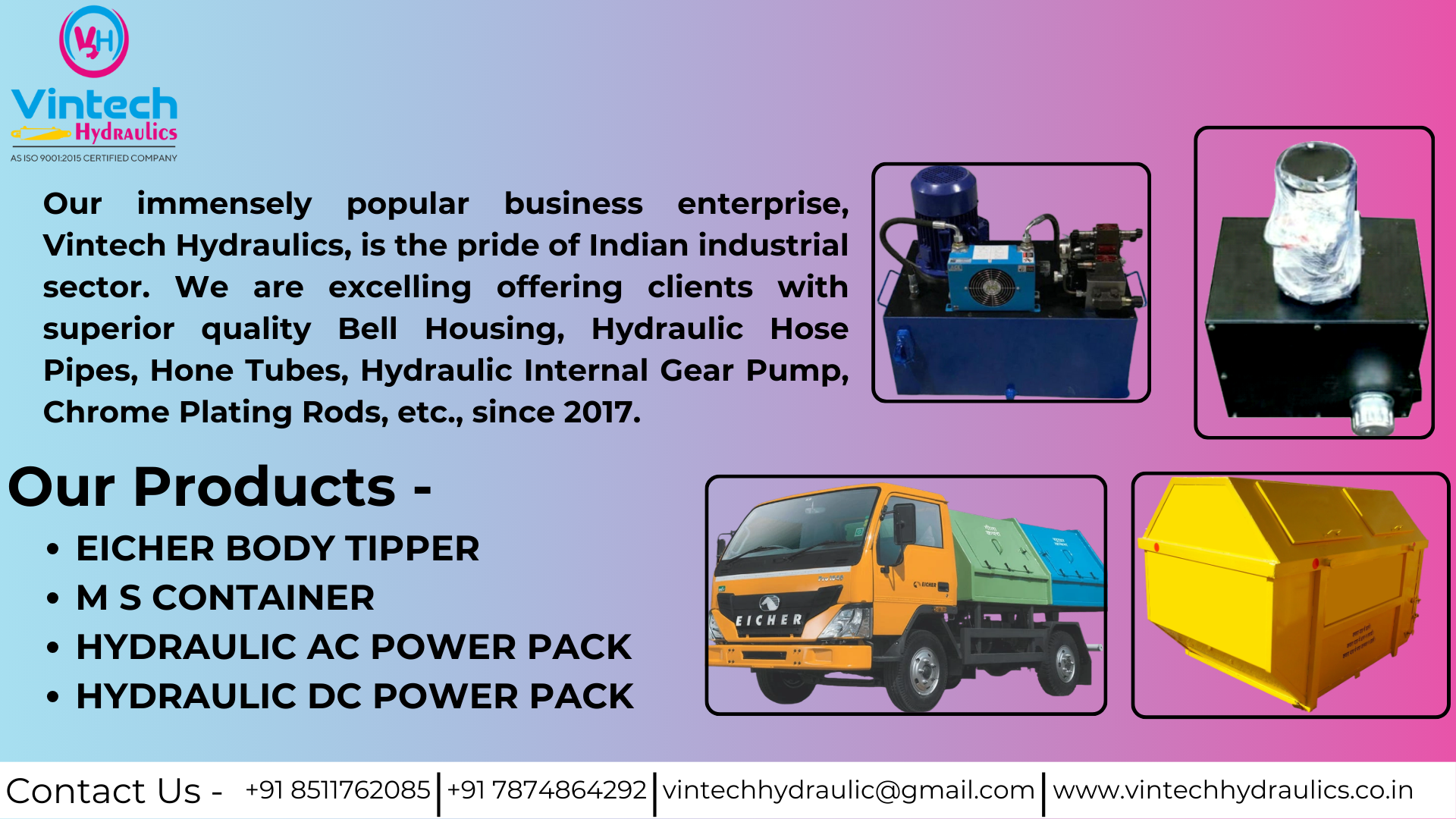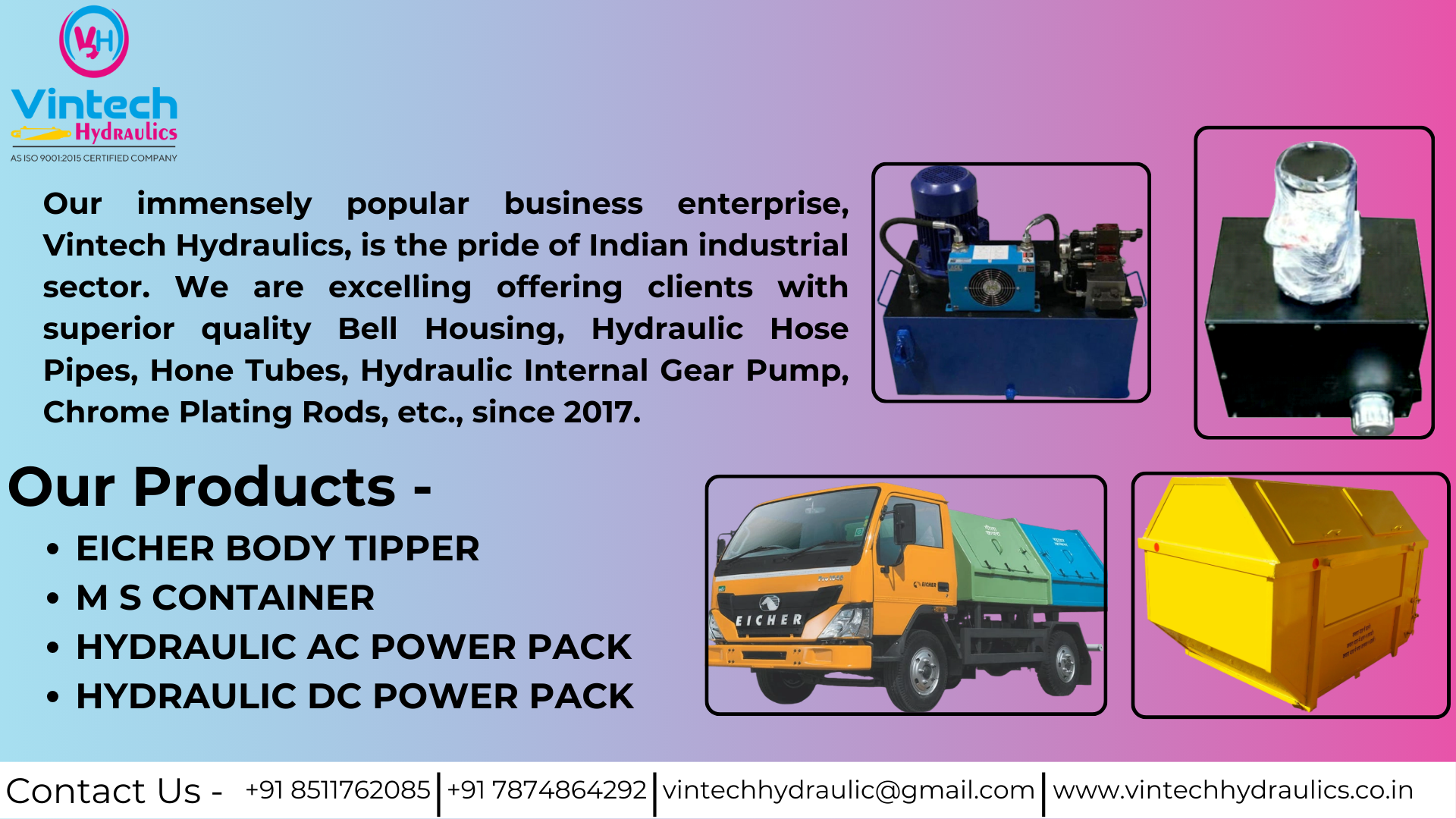
Understanding the Hydraulic Cylinder Working Principle
Understanding the Hydraulic Cylinder Working Principle
A hydraulic cylinder is a mechanical actuator that converts the energy of pressurized hydraulic fluid into linear motion. It is a fundamental component in countless industrial and mobile applications, including construction machinery, manufacturing presses, and agricultural equipment. The working principle is based on Pascal's Law, which states that pressure applied to an enclosed fluid is transmitted equally throughout the fluid. This simple yet powerful principle allows cylinders to generate immense force and perform heavy-duty tasks with precision and control. For a deep dive into hydraulic systems and components, visit Vintech Hydraulics.
The core of the hydraulic cylinder's operation involves a piston housed inside a cylindrical barrel. When a hydraulic pump pressurizes fluid (typically oil) and directs it into one end of the cylinder, the pressure acts on the piston's surface. This pressure, multiplied by the piston's area, creates a force that pushes the piston and its attached rod outward, performing work (e.g., lifting, pushing, or pressing). To retract the cylinder, the pressurized fluid is directed to the opposite side of the piston, forcing it back into the barrel. This controlled extension and retraction is what gives hydraulic cylinders their versatility in a wide range of applications.
- Cylinder Barrel: The main housing, a precision-machined tube that contains the fluid and guides the piston's movement.
- Piston: A cylindrical component that divides the barrel into two chambers. It is sealed to prevent fluid bypass.
- Piston Rod: A polished, hard-chrome plated rod that extends from the piston to transmit the force to the external load.
- Seals and Wipers: Crucial for maintaining pressure and preventing leakage and contamination. Seals ensure fluid stays inside, while wipers keep debris out.
- End Caps (Head & Cap): The ends of the barrel that contain the seals and connections for the hydraulic fluid lines.
- Single-Acting: Operates in one direction only (extension) with hydraulic pressure. The piston is returned by an external force, such as a spring or gravity.
- Double-Acting: Uses hydraulic pressure to extend and retract the piston rod, providing controlled force in both directions. This is the most common type for industrial applications.
- Telescopic: Consists of multiple stages of cylinders nested within each other. It extends a great distance from a compact retracted length, ideal for dump trucks and crane booms.
- Tie-Rod: The most common design for stationary industrial applications, held together by external tie rods that run the length of the cylinder.
- Welded: A more compact and durable design, with the end caps welded directly to the barrel. Ideal for mobile and heavy-duty applications.
Maintenance and Safety Tips
- Maintain fluid cleanliness; contamination is a leading cause of cylinder and system failure.
- Regularly inspect seals and rods for signs of leaks or scoring and replace them promptly.
- Ensure proper alignment during installation to prevent side loading, which can damage seals and bearings.
- Never exceed the manufacturer's specified pressure ratings to prevent catastrophic failure.
- Mechanically support all loads before performing any maintenance on a hydraulic system.
FAQs – Hydraulic Cylinder Working Principle
Contact Details
Talk to our specialists today for tailored solutions and fast assistance.
